Exploring St. Peter’s Basilica: Do You Need Entry Tickets?
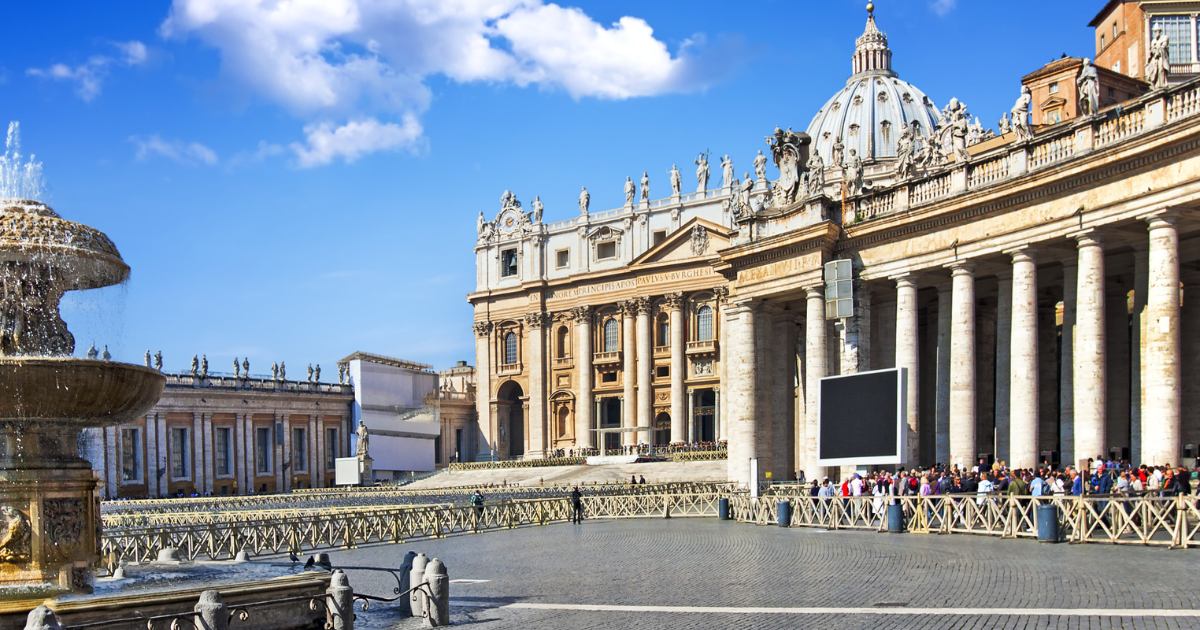
Introduction
Explore St. Peter’s Basilica: Learn about entry, ticketing for the dome and guided tours, plus tips for mass, accessibility, and more.
Tools
Supplies
Exploring St. Peter’s Basilica: Need Entry Tickets?
St. Peter’s Basilica stands as a beacon of religious art and architecture, attracting millions of visitors each year to its revered grounds. Situated in the heart of Vatican City, this iconic structure is a masterpiece of Renaissance craftsmanship. But before you pack your bags and head to this historic sanctuary, you might wonder about the logistics of entering such a place. Specifically, do you need St. Peter’s Basilica tickets to enter? This comprehensive guide will navigate the details of St. Peter’s Basilica tickets, St. Peter’s Basilica dome tickets, and the unique St. Peter’s Basilica cupola guided tour, ensuring you’re fully prepared for your visit.
Entry to St. Peter’s Basilica: Is It Free?
One of the most remarkable aspects of St. Peter’s Basilica is that entry to the basilica itself is free. Visitors can walk through the massive doors, explore the expansive nave, admire the stunning altar, and view Michelangelo’s Pietà without a ticket. However, while entrance to the basilica is cost-free, there are parts of St. Peter’s where tickets become necessary if you wish to explore further.
1. St. Peter’s Basilica Dome Tickets
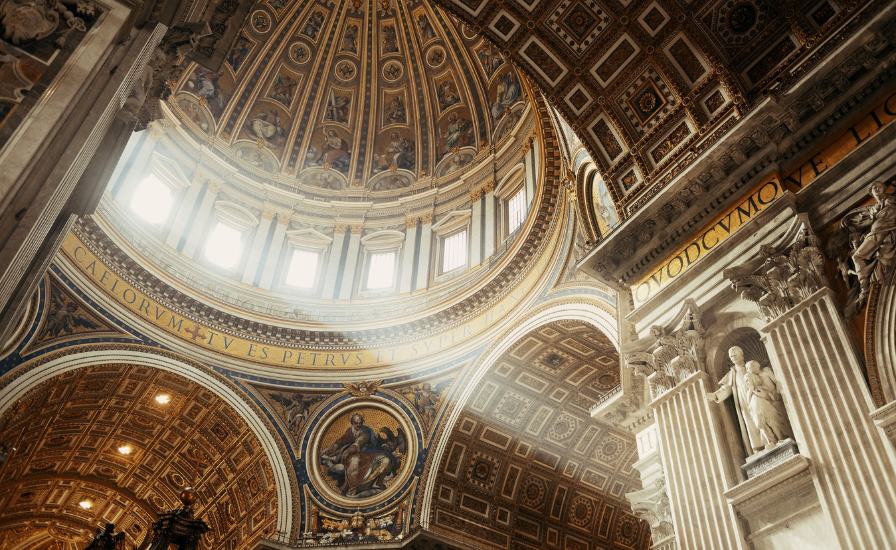
One of the highlights of visiting St. Peter’s Basilica is the opportunity to ascend to the dome. For this, you will need to purchase St. Peter’s Basilica dome tickets. The climb to the dome offers a breathtaking panoramic view of Rome. The dome, designed by Michelangelo, is an architectural wonder, and climbing it provides not just spectacular views but also a closer look at the dome’s intricate interior design. There are two ways to reach the dome: by stairs, which is cheaper, and by elevator, which takes you part of the way up, reducing the number of stairs you need to climb. Both require a ticket, which can be purchased on site.
2. St. Peter’s Basilica Cupola Guided Tour
For those looking for a more informative experience, the St. Peter’s Basilica cupola guided tour is an excellent choice. This tour typically includes a guide who will take you through the basilica, explaining its rich history, art, and architecture, before accompanying you to the dome. The guided tour of the cupola (dome) is particularly insightful, as the guide provides historical context and details about the construction and art that might otherwise be missed. This tour requires booking and includes the price of admission for parts of the basilica not accessible through the free entry.
3. Visiting the Vatican Grottoes and Necropolis
Below the basilica lie the Vatican Grottoes and the more ancient Vatican Necropolis. The grottoes, where many popes are buried, are open to the public and can be visited without a ticket. However, visiting the necropolis, which includes the Tomb of St. Peter, requires a special ticket. These tickets are limited and must be reserved well in advance through the Vatican Scavi office. This tour is highly recommended for those interested in archaeology and the early history of Christianity.
4. The Vatican Museums and Sistine Chapel
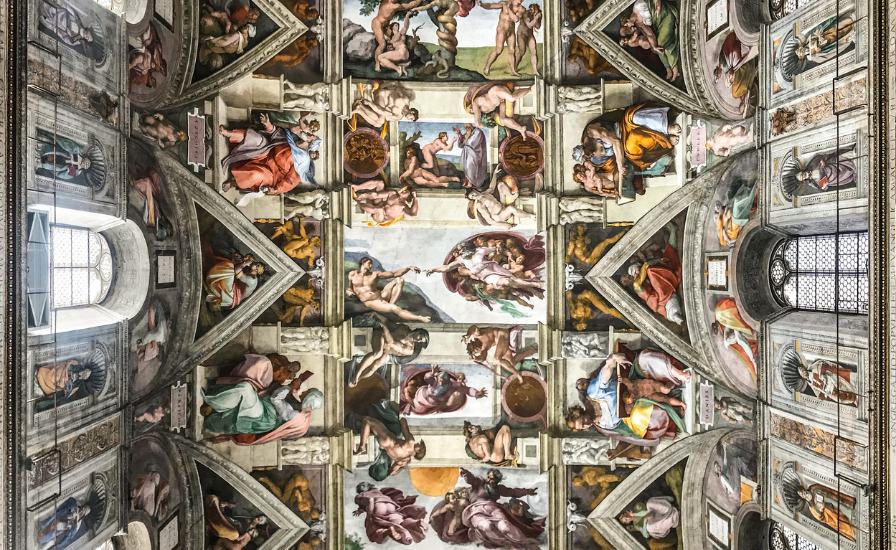
While technically separate from St. Peter’s Basilica, no visit to the Vatican is complete without a tour of the Vatican Museums and the Sistine Chapel. These require a ticket, which can be purchased online or at the museum. Buying tickets in advance is highly recommended to avoid long lines. This ticket does not include access to St. Peter’s Basilica, but it does allow you to see some of the most precious art collections and frescoes in the world, including Michelangelo’s ceiling in the Sistine Chapel.
5. Best Times to Visit and Other Tips
To make the most of your visit to St. Peter’s Basilica, plan to arrive early in the morning or late in the afternoon to avoid crowds. Remember that the basilica is a place of worship, so appropriate attire that covers shoulders and knees is required. Security is tight, and all visitors must go through a security check.
6. Special Events and Closing Times
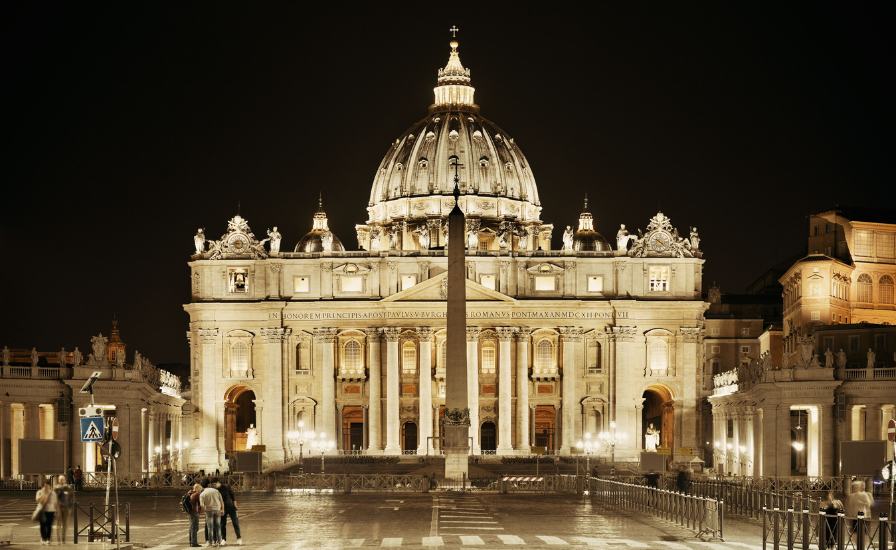
Be aware of special events or ceremonies that might affect access to parts of St. Peter’s Basilica. Tickets for attending a Papal Audience, for example, are different from general St. Peter’s Basilica tickets and must be requested in advance through the Vatican.
Additional Useful Facts and Tips for Visiting St. Peter’s Basilica
When planning a visit to St. Peter’s Basilica, beyond understanding the ticketing requirements for various parts of the site, it’s beneficial to know more nuanced details that can enhance your experience. Here are some additional facts and tips:
Understanding the Layout and Accessibility
Multiple Entrances: St. Peter’s Basilica has several entry points. The main entrance is used for general admission, but there are specific entries for guided tours and for attending mass, which can help you plan your visit more effectively.
Accessibility for Disabled Visitors: The basilica is accessible to visitors with disabilities. Wheelchairs can be borrowed free of charge from the Vatican (with a valid ID), and there are accessible paths throughout.
Planning for Mass and Spiritual Activities
Attending Mass: If you want to attend mass at St. Peter’s Basilica, which is a unique experience, check the mass schedule in advance. Masses are held multiple times a day, and attending one does not require a ticket. However, arriving early can ensure you find a good spot.
Papal Blessings: On Sundays at noon, when the Pope is in Vatican City, he appears from a window in the Apostolic Palace for the Angelus prayer and gives a short address followed by a blessing. This can be experienced from St. Peter’s Square with no ticket required.
Maximizing Your Experience
Audio Guides: Consider getting a St. Peter’s Basilica audio guide if you’re not going on a guided tour. Audio guides are available in multiple languages and provide detailed commentary on the basilica’s art, architecture, and history.
Photography: While photography is allowed inside St. Peter’s Basilica, it is prohibited during mass. Always ensure your flash is off to protect the artwork and to be respectful of the site’s sanctity.
Dress Code Compliance: Strictly adhering to the dress code is required not only for entry into the basilica but also for maintaining decorum. Carry a scarf or shawl to cover shoulders or knees if needed.
Beyond the Basilica
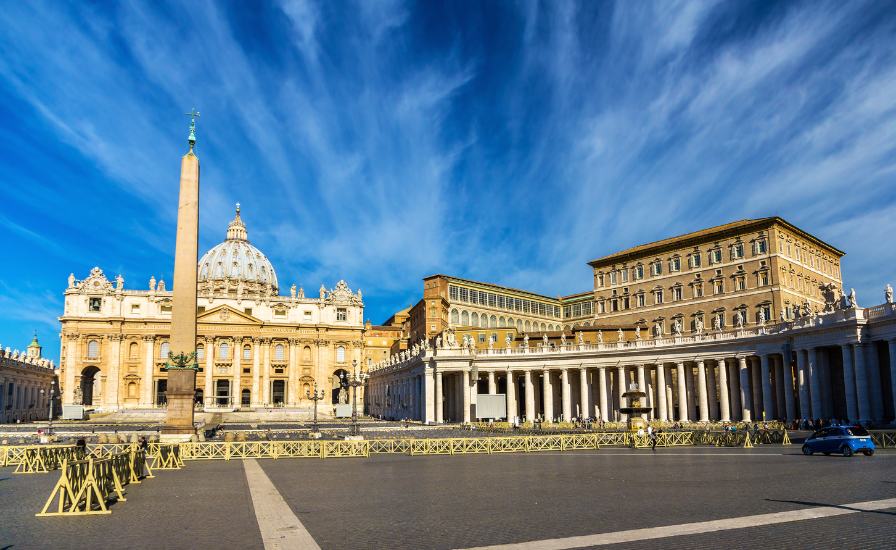
Climb to the Roof: For a unique perspective, visitors can climb up to the roof of St. Peter’s Basilica. This area provides a closer view of the architectural details and offers a stunning vista of St. Peter’s Square below.
Vatican Post Office: Consider sending a postcard from the Vatican Post Office located in St. Peter’s Square. This can be a memorable keepsake for you or a loved one, postmarked from Vatican City.
Seasonal Considerations
Best Months to Visit: The peak tourist seasons are from April through October. Visiting during the shoulder months like early April or late October can help avoid large crowds while still enjoying pleasant weather.
Holiday Decorations: Visiting during Christmas or Easter offers a unique experience as the basilica and the square are decorated festively. However, be prepared for larger crowds and consider booking all tickets well in advance.
By integrating these additional facts and tips into your visit plan, you can ensure a more comprehensive and enjoyable exploration of St. Peter’s Basilica, making your experience both memorable and spiritually enriching.
Conclusion
Visiting St. Peter’s Basilica offers a profound glimpse into the heart of religious art and history. While entry to the basilica itself is free, St. Peter’s Basilica tickets are required for certain parts like the dome and necropolis. By planning ahead, particularly if you are interested in St. Peter’s Basilica dome tickets or the St. Peter’s Basilica cupola guided tour, you can ensure a smooth and enriching experience. Each ticket and tour offers a unique perspective of this magnificent site, deepening your understanding of its spiritual, historical, and artistic significance.